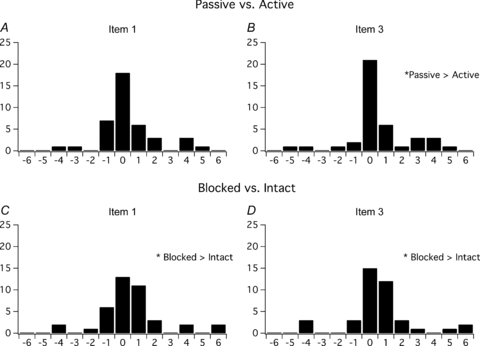Figure 4. Histograms of the difference between response of subjects for passive movement versus active movement, and a blocked finger versus an intact finger.

A and B show how many subjects had a given difference between responses for passive congruent movement and active congruent movement. Each subject provided two answers because there were two active and two passive conditions. A positive difference indicates that the subject responded with a more positive response for the passive task than the active task. Passive versus active differences for item 3 show that significantly more subjects gave a more positive response to the passive test conditions versus active test conditions (P < 0.05). C and D show how many subjects had a given difference between responses in conditions with a blocked finger and an intact finger. Each subject provided two answers because there were two blocked and two intact conditions. A positive difference shows that subjects provided a more positive response to the item during the digital nerve block. For both item 1 and item 3, significantly more subjects gave a more positive response for blocked test conditions versus intact test conditions (P < 0.05).
